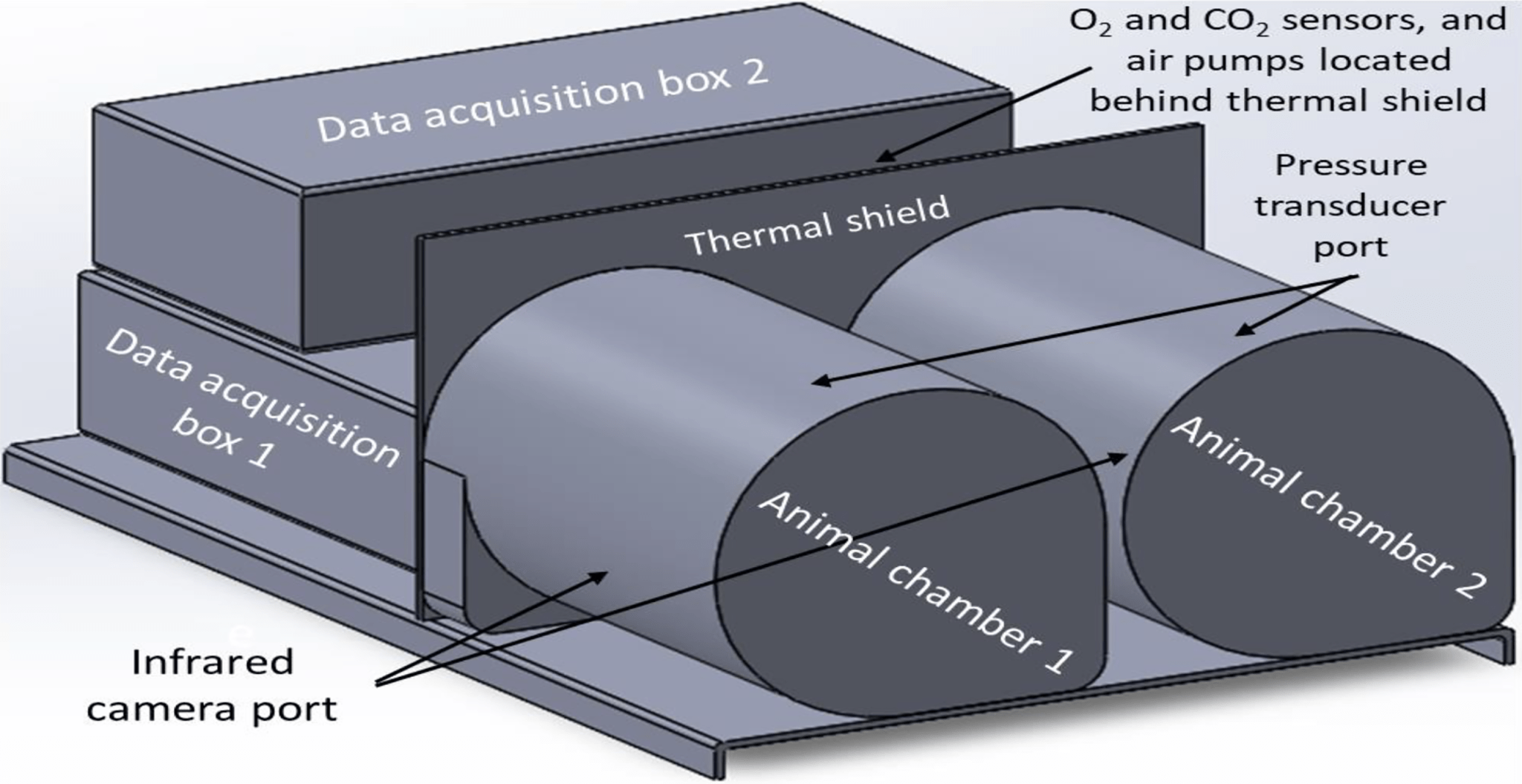Ryan Sprenger
Fauna Bio Inc.
The use of non-model organisms in medical research is an expanding field that has already made a significant impact on human health. Insights gleaned from the study of unique mammalian traits are being used to develop novel therapeutic agents. The remarkable phenotype of mammalian hibernation confers unique physiologic and metabolic benefits that are being actively investigated for potential human health applications on Earth. These benefits also hold promise for mitigating many of the physical and mental health risks of space travel. The essential feature of hibernation is an energy-conserving state called torpor, which involves an active and often deep reduction in metabolic rate from baseline homeostasis. Additional potential benefits include the preservation of muscle and bone despite prolonged immobilization and protection against radiation injury. Despite this remarkable potential, the space-based infrastructure needed to study torpor in laboratory rodents does not currently exist, and hibernation in microgravity has never been studied. This is a critical gap in our understanding of hibernation and its potential applications for human spaceflight. We propose to remedy this situation through the design and implementation of STASH, a novel microgravity hibernation laboratory for use aboard the ISS. Some unique and necessary design features include the ability to maintain STASH at temperatures as low as 4°C, adjustable recirculation of animal chamber air enabling the measurement of metabolism via oxygen consumption, and measurement of real-time total ventilation, body temperature, and heart rate. The STASH unit will also feature animal chamber sizes that will accommodate the expected variety of future hibernating and non-hibernating species, boosting its applicability to a variety of studies on the ISS by enabling real-time physiological measurements. The STASH unit is being designed in collaboration with BioServe Space Technologies to be integrated into the Space Automated Biological Laboratory (SABL) unit. This will allow for the achievable and practical application of this research to advance our understanding of both hibernation and mammalian physiology in space. The short-term goals of the STASH project are novel investigations into the basic science of hibernation in a microgravity environment, laying the foundation for application of its potential benefits to human health. These include determining whether hibernation provides the expected protection against bone and muscle loss. The medium-term goals of the project begin developing translational applications of hibernation research. These include using STASH both for testing bioactive molecules that mimic the transcriptional signatures of hibernation and for evaluating methods of inducing synthetic torpor for their ability to provide similar protection. As a long-term goal, during a crewed mission to Mars, human synthetic torpor could act as a relevant countermeasure that would change everything for space exploration, mitigating or eliminating every hazard included in NASA’s RIDGE acronym for the hazards of space travel: Space Radiation, Isolation and Confinement, Distance from Earth, Gravity Fields, and Hostile/Closed Environments. Research performed using STASH will be an essential first step toward acquiring fundamental knowledge about the ability of hibernation to lessen the health risks of space. This knowledge will inform development of both biomimetic drug countermeasures and the future infrastructure needed to support torpor-enabled human astronauts engaged in interplanetary missions. We feel that STASH is the epitome of the high-risk, high-reward projects for which NIAC was established.































